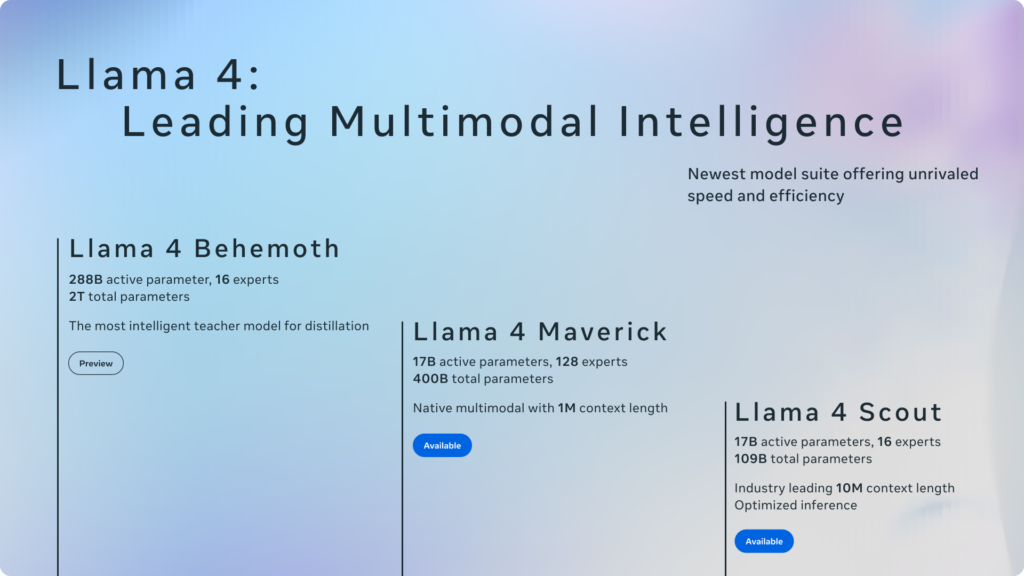
4-12 #Rage : TSMC allegedly could face a penalty of USD1B or more; vivo will launch a Photography Kit X200 Ultra flagship; Luxshare is in talks with customers on ways to respond to U.S. tariffs by shifting more production outside China; etc.

Taiwan Semiconductor Manufacturing Company (TSMC) allegedly could face a penalty of USD1B or more to settle a U.S. export control investigation over a chip it made that ended up inside a Huawei AI processor. The U.S. Department of Commerce has been investigating the world’s biggest contract chipmaker’s work for China-based Sophgo. The design company’s TSMC-made chip matched one found in Huawei’s high-end Ascend 910B artificial intelligence processor. Huawei – a company at the center of China’s AI chip ambitions that has been accused of sanctions busting and trade secret theft – is on a U.S. trade list that restricts it from receiving goods made with U.S. technology. TSMC made nearly 3M chips in recent years that matched the design ordered by Sophgo and likely ended up with Huawei, according to Lennart Heim, a researcher at RAND’s Technology and Security and Policy Center in Arlington, Virginia, who is tracking Chinese developments in AI. (Android Headlines, Reuters)
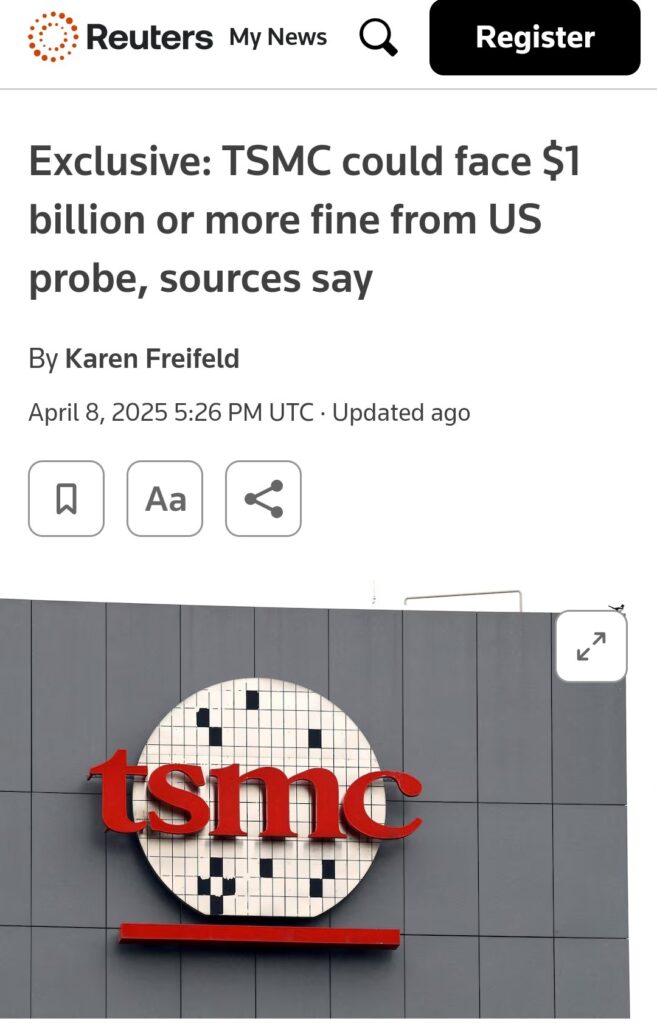
MediaTek has announced the Dimensity 9400+ SoC, the latest addition to MediaTek’s Dimensity flagship chipset family. Providing exceptional Generative and agentic AI capabilities as well as other performance enhancements, the Dimensity 9400+ supports the latest Large Language Models (LLM) while sustaining a super power-efficient design. The Dimensity 9400+ features an All Big Core design, integrating one Arm Cortex-X925 core operating up to 3.73GHz, combined with 3x Cortex-X4 and 4x Cortex-A720 cores. This powerful configuration accelerates single and multithreaded performance for top-tier Android UX experiences. (Gizmo China, GSM Arena, Android Headlines, PR Newswire)
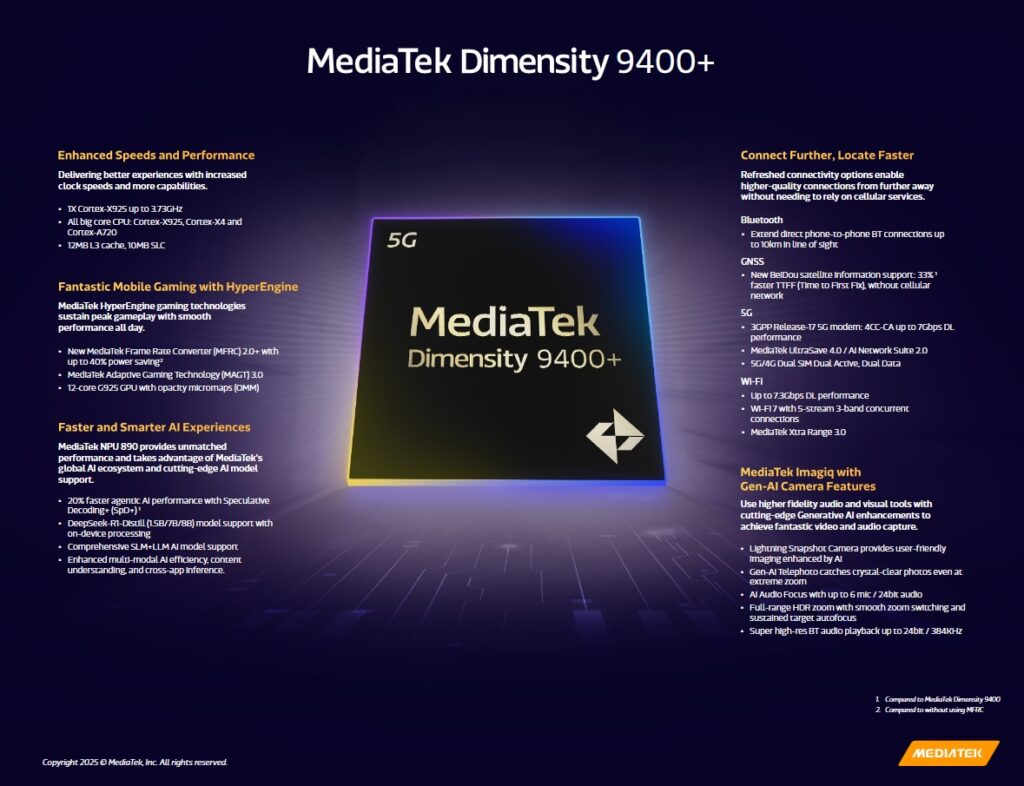

Huawei Mate XT is the first and so far only tri-fold style foldable smartphone, and it launched in China back in Sept 2024. Huawei has reportedly already managed to sell over 400,000 units. Recent filings in the GSMA database have uncovered a mysterious Samsung device (model number SM-F968), which was initially codenamed Q7M. Two variants of the dual-folding phone have appeared: SM-F9680 (likely Chinese version) and SM-F968N (probable South Korean variant). (GSM Arena, CNMO, Gizmo China, Smartpix)
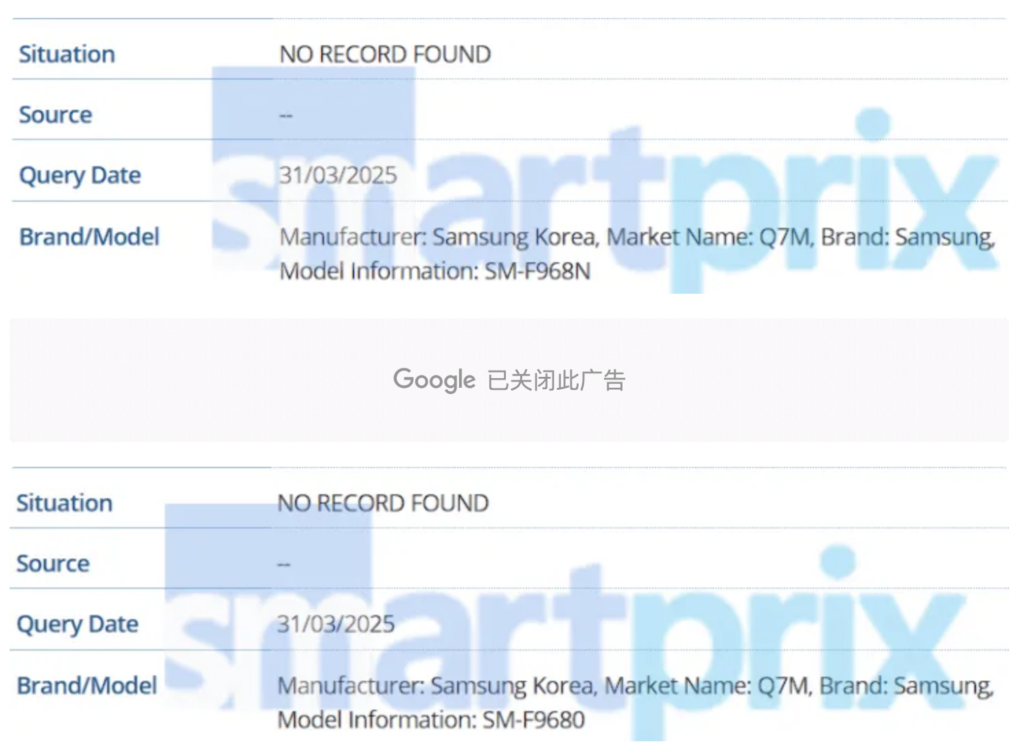

vivo will launch a Photography Kit for the upcoming Vivo X200 Ultra flagship. This will attach to the phone via USB Type-C port. The photography kit for the X200 Ultra will pack a 2300mAh battery. The case in the photography kit will offer a bracket design, which can be used to stabilize the camera vertically. This also adds a new video button. vivo product manager Han Boxiao has shared details about an additional add-on zoom lens co-engineered with Zeiss. This lens attaches to the X200 Ultra’s photography kit via a custom adapter and sits over the phone’s 200Mp periscope zoom lens. It features an intricate 13-piece glass lens setup, expanding the 200Mp sensor’s native 3.7x optical zoom.(Android Headlines, Android Headlines, Fonearena, Gizmo China, GSM Arena, Weibo)
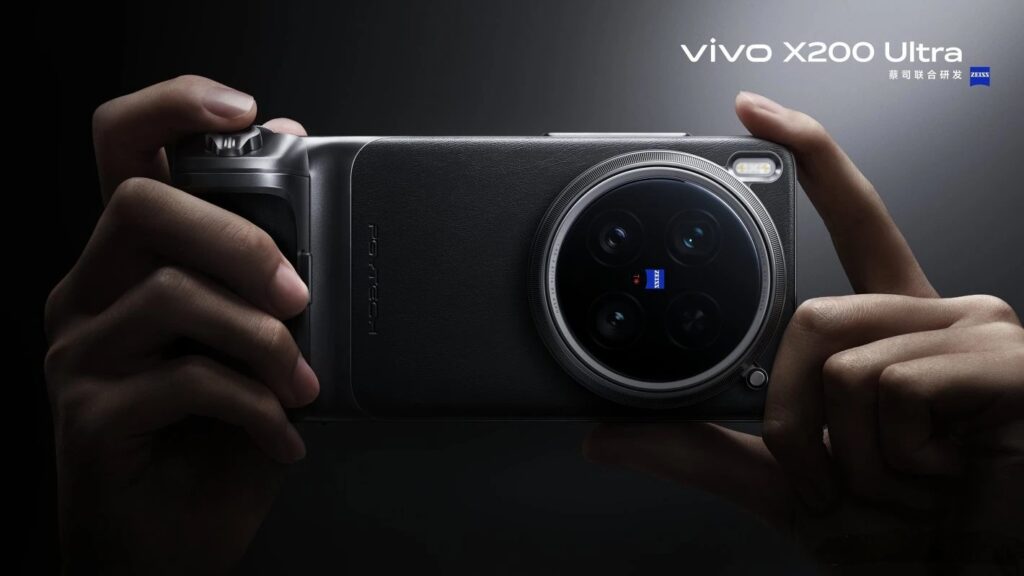
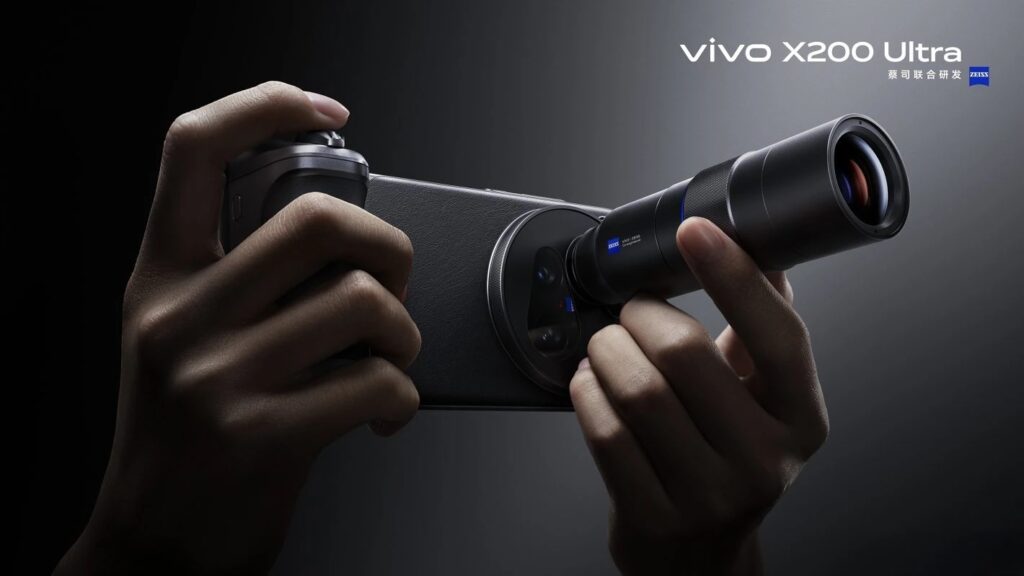
Samsung is reportedly ditching under-display camera tech after the Galaxy Z Fold 7. The Galaxy Z Fold 8 could arrive with a display camera hole instead in 2026. Samsung is finding it difficult to improve the technical characteristics of an under-display camera. That includes cost-effectiveness and some other aspects. Apple has, allegedly, also postponed its UDC camera plans. The Galaxy Z Fold Special Edition does not feature under-display camera. (Android Headlines, Naver)
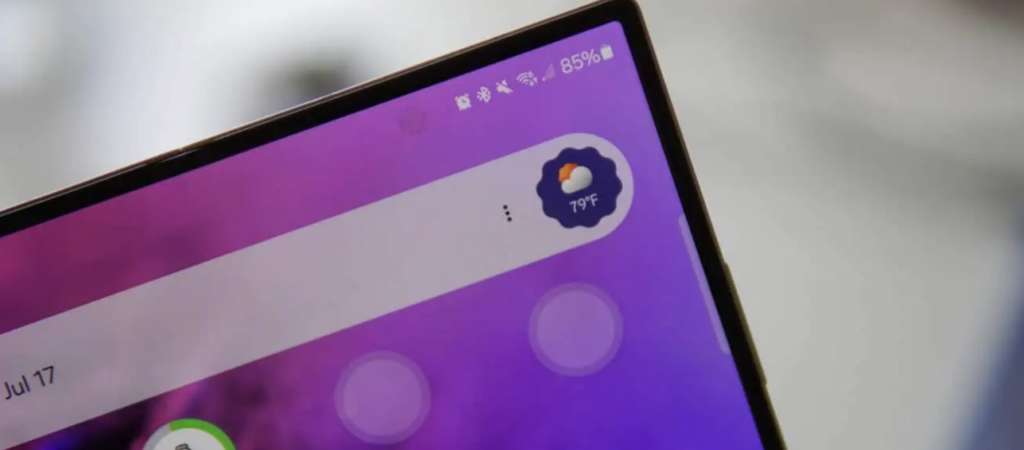

Apple is continuing to add support for carrier-based satellite services, with au customers in Japan and One NZ customers in New Zealand now able to use the satellite connectivity offered by those carriers on compatible iPhone models. Both au and One NZ have partnered with SpaceX to provide their customers with Starlink Direct satellite service, joining T-Mobile in the U.S. in offering Starlink connectivity as an alternative to the satellite messaging features built into Apple’s iPhone 14 and later models. Japan and New Zealand both have large swathes of land where traditional cellular coverage is unavailable due to terrain limitations. (MacRumors, au KDDI, One NZ)
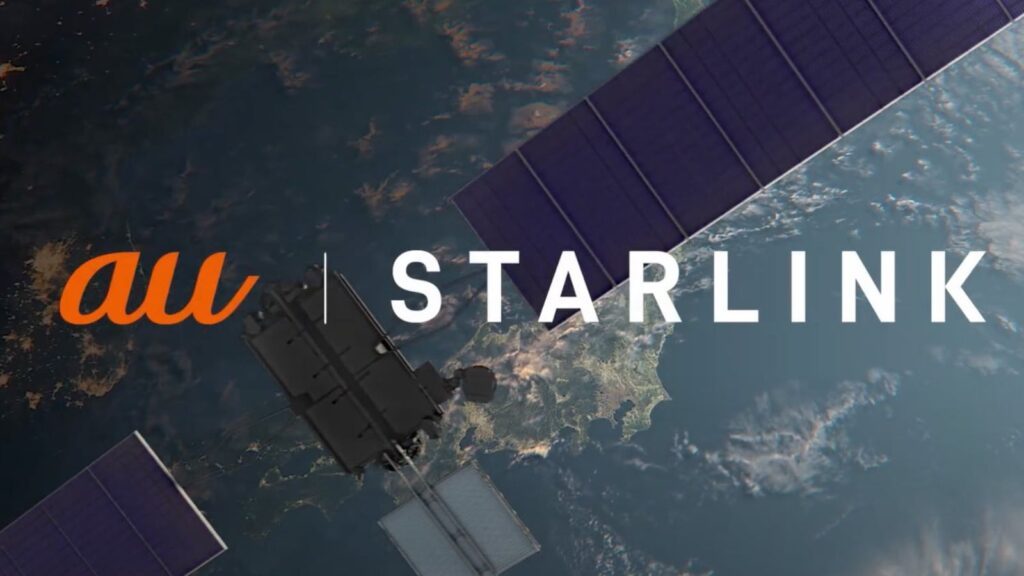

Apple’s supplier Luxshare is in talks with customers on ways to respond to U.S. tariffs by shifting more production outside China, including the United States, according to Luxshare’s chairwoman Wang Laichun. She has said the tariffs would have little impact on profits and revenue, as Luxshare exported only a small amount of finished products to the United States. However it needed to consider more investment abroad and idling some investment plans in China. If there is a commercial guarantee and Luxshare is able to conduct a good evaluation, they do not rule out having some products being localised to meet the needs of the U.S. market. Luxshare had told some customers it would need such guarantees in response to their queries about the possibility of providing some services in North America for products made with a significant degree of automation. In addition to factories in China, Luxshare has production bases and research centers in Malaysia, Thailand, Vietnam, the United States and Mexico. (MacRumors, Reuters, WCCFtech)
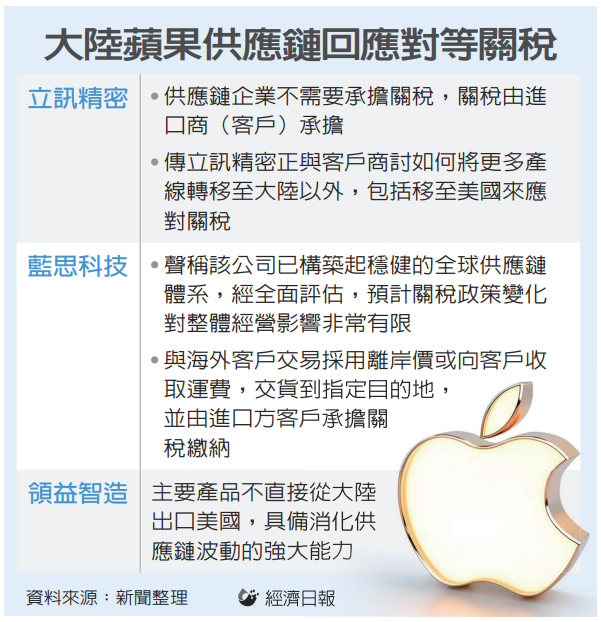
Following the Donald Trump administration’s “Liberation Day” tariffs, OEMs like Apple are looking into initiatives to lessen the blow to consumers with the inevitable price hikes. China, where the bulk of iPhones are assembled, is hit with a combined 54% tariff, India faces a 26% levy, while all goods from Vietnam will get a 46% import fee upon entering the U.S. According to Bloomberg’s Mark Gurman, Apple has been stockpiling inventory of iPhones, Macs, and other products in the U.S. for months in anticipation of the new tariffs. The newly announced levies which go into effect on 9 Apr 2025 will not apply to devices that are already on U.S. soil and Apple could theoretically hold off on raising iPhone prices until the iPhone 17 series in Sept 2025. Apple is also prepared to absorb a small percentage of the cost by limiting its margins on hardware. On average, Apple products feature a 45% markup on hardware alone. Like other companies, Apple is also reportedly renegotiating its contracts with supply chain partners and manufacturing partners in order to get better pricing for device components and assembly. In addition to these factors, Apple is also expanding its global manufacturing facilities to new areas with Brazil being reported as one of the new additions. (Bloomberg, GSM Arena)
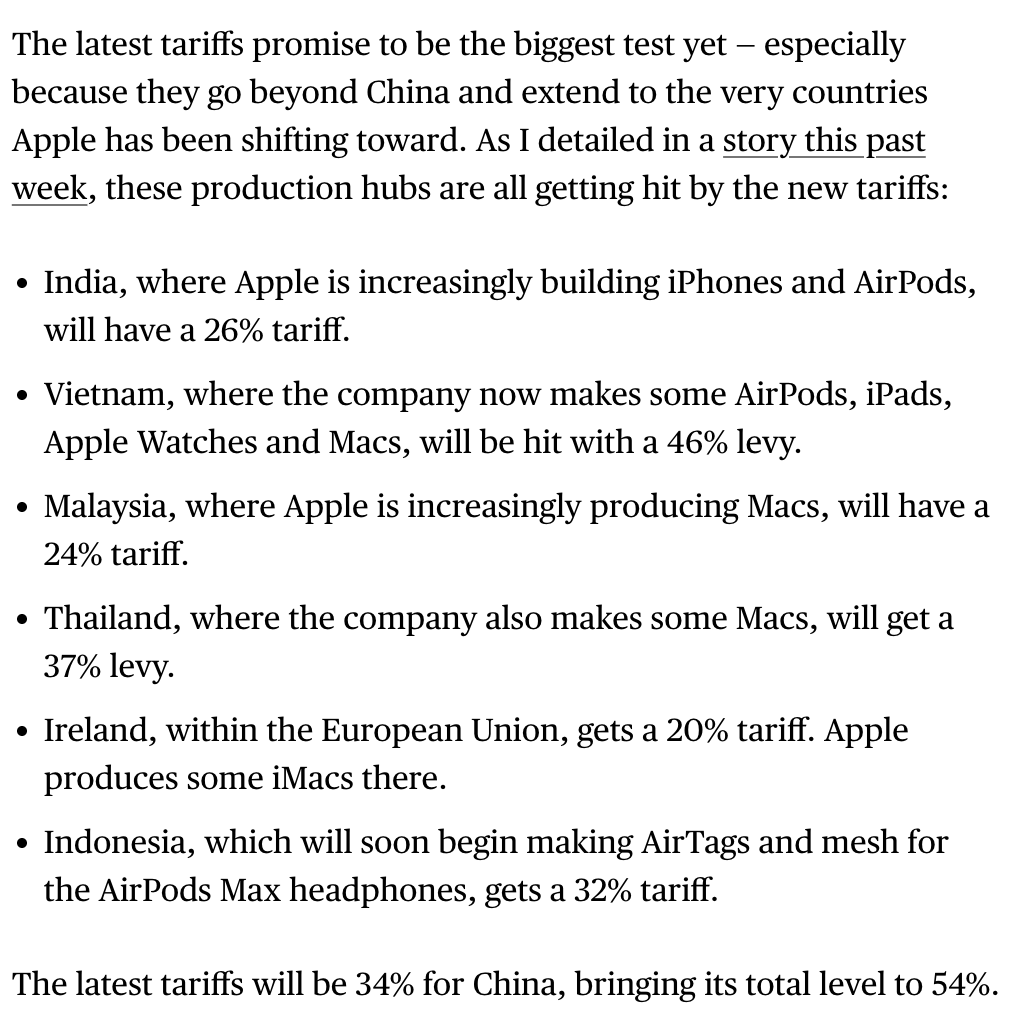

Donald Trump’s reciprocal tariffs took effect at midnight on 9 Apr 2025, imposing a sharp 32% tariff on goods from Taiwan. In response, major PC brands—including HP, Dell, Acer, ASUS, and Lenovo—have notified their supply chains to halt all shipments of products bound for the U.S., regardless of production origin. The suspension, which affects notebooks (NB) and a broad range of consumer electronic components, is expected to last for 2 weeks. As highlighted by TrendForce, stronger-than-expected shipments of servers, smartphones, and notebooks in 1Q25 were largely driven by brands advancing shipments to the U.S. ahead of the new tariff implementation. TrendForce notes that supply chain players are still evaluating how to absorb increased production costs. Whether U.S. value will be assessed based on brand nationality or manufacturing origin remains a key point of concern for the industry. Meanwhile, computer peripheral companies such as Chicony, Primax, and video surveillance firm GeoVision have received notices from customers to temporarily suspend shipments. (Gizmo China, TrendForce, Tom’s Hardware, IDC, Nasdaq, CTEE)
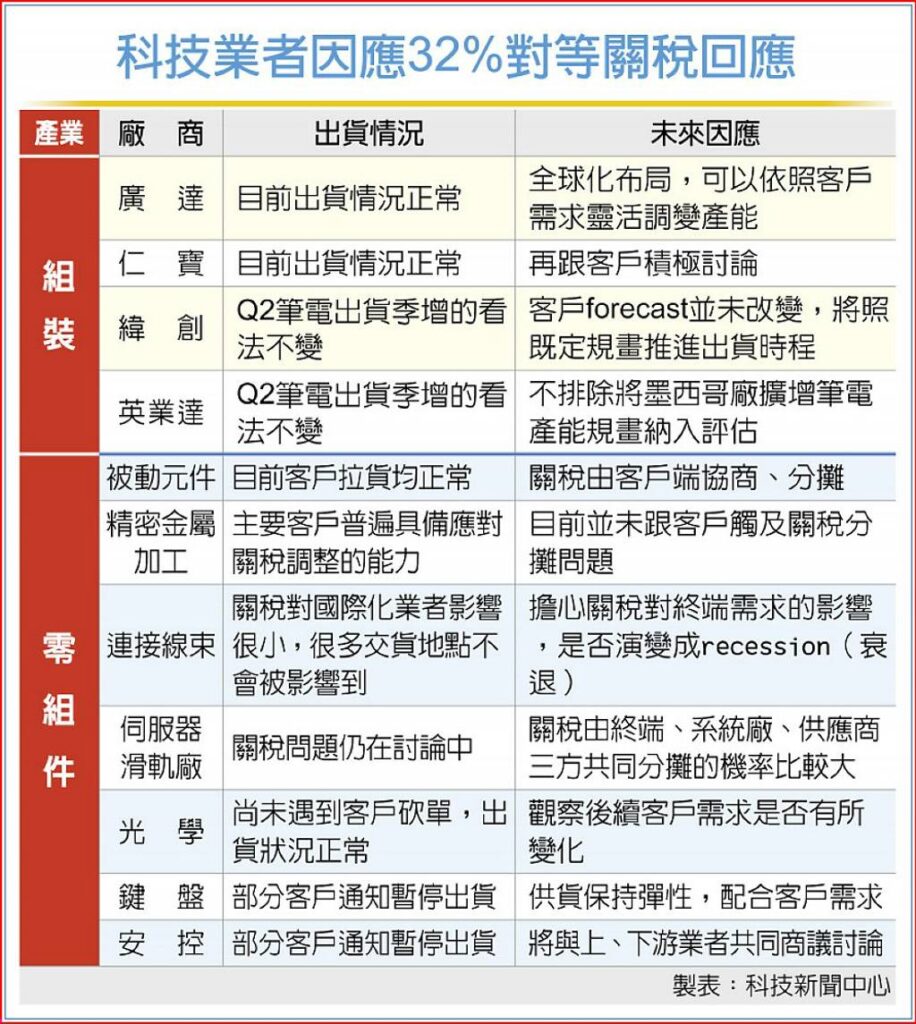
PC shipments during 1Q25 grew 4.9% from the prior year, with global volumes reaching 63.2M shipments, according to preliminary results from IDC. Looking ahead to 2025, the PC industry has several tailwinds and headwinds, which make for a challenging outlook and difficult demand planning. The market is clearly showing some level of pull-in in 1Q25 as both vendors and end-users brace for the impact of US tariffs. In a first quarter still relatively untouched by tariffs, the entire ecosystem attempted to accelerate the pace of deliveries to avoid the first round of US tariffs and expected volatility for the remainder of the year. (Gizmo China, IDC)
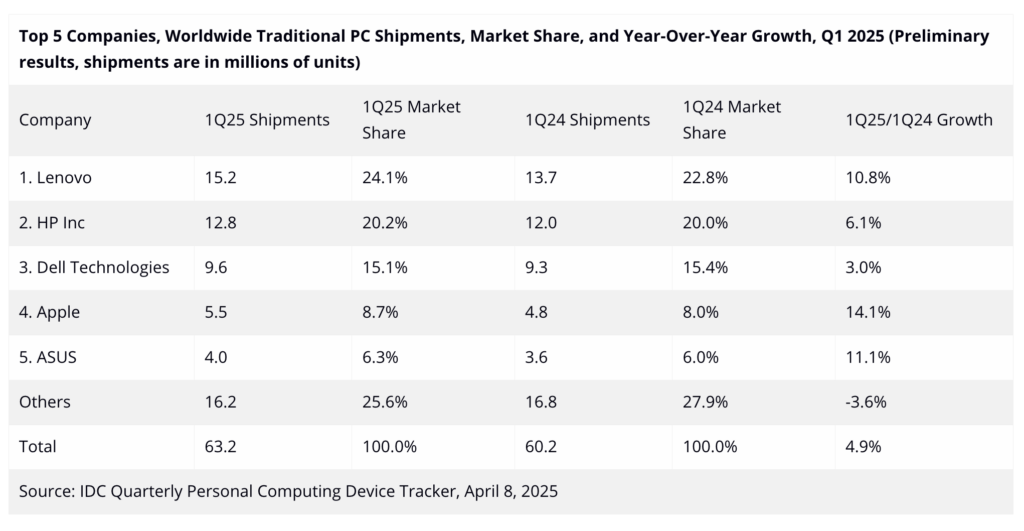

The second-generation Apple Vision Pro may now be in mass production ahead of its rumored launch later in 2025. The key components of the new Vision Pro, including panels, housings, and circuitry, have moved into mass production ahead of the product’s purported release later in 2025. Some Apple suppliers are said to be “rushing” to fulfil orders. Apple has abruptly reduced production of the Vision Pro headset ahead of plans to stop making the current version of the device completely by the end of 2024. This means that the device may no longer be in production and Apple likely has a sufficient number of Vision Pro units in its inventory to meet demand for the device’s remaining lifespan through 2025. (GSM Arena, IT Home, MacRumors)

Samsung has announced an update to its global connected living platform, SmartThings — further enhancing the AI Home experience. The highlight of this update is the integration of SmartThings with Samsung Health, designed to improve users’ sleep environments while enabling more personalized automation experiences. The update also expands Calm Onboarding to support a wider range of devices and adds compatibility with the Matter 1.4 standard. Sleep environment reports from Samsung Health on Galaxy devices help users create optimal conditions for rest by providing detailed insights into key factors — such as temperature, humidity, carbon dioxide levels and light intensity — through connected devices and sensors. These reports summarize the previous night’s sleep conditions and offer personalized suggestions for improvement. (Android Headlines, Samsung, Yahoo)
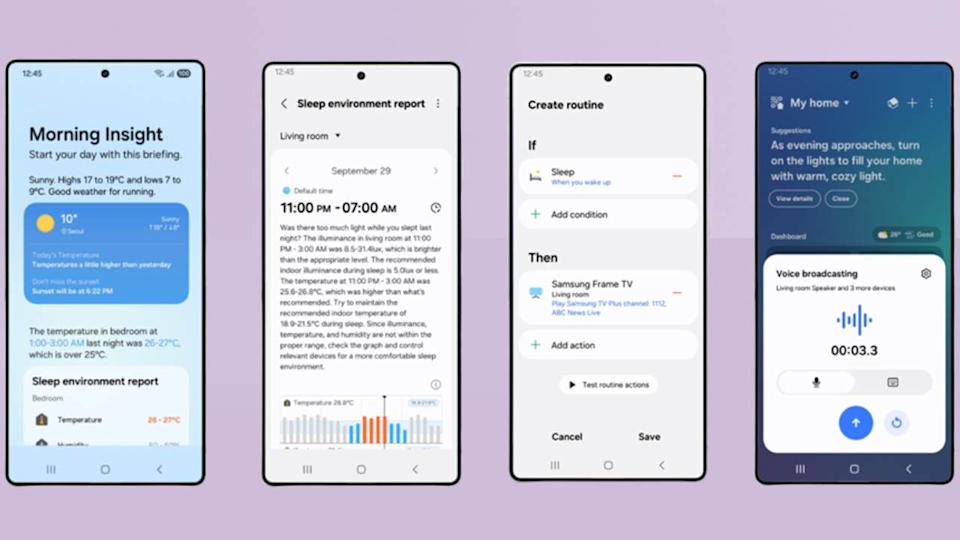

Meta is rolling out two new models in the Llama 4 series—Scout and Maverick, with early tests showing both outperforming the competition. Scout is ideal for tackling huge documents, complex requests, and big codebases, while Maverick handles both text and visuals, perfect for smart assistants and chat interfaces. Both models are live on Llama.com and through partners like Hugging Face. Meta AI is getting smarter, now available across WhatsApp, Messenger, and Instagram in 40 countries (U.S.-only and English-only for now).(Android Central, Meta)
